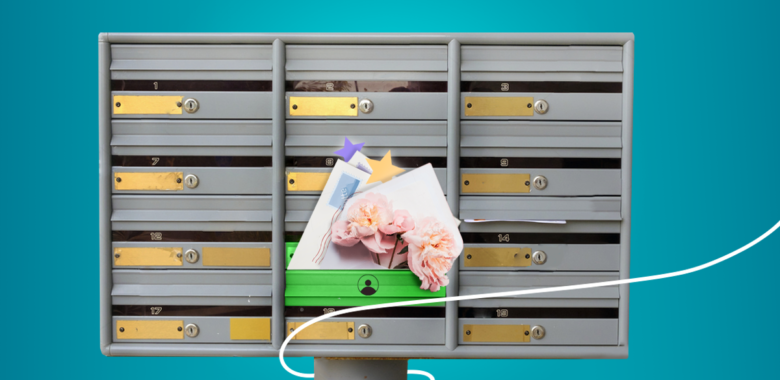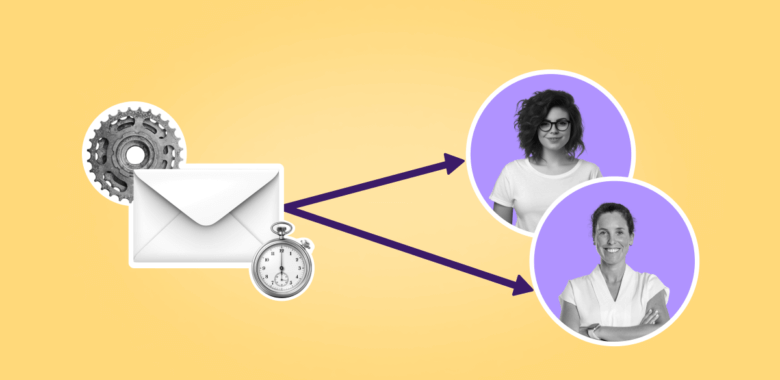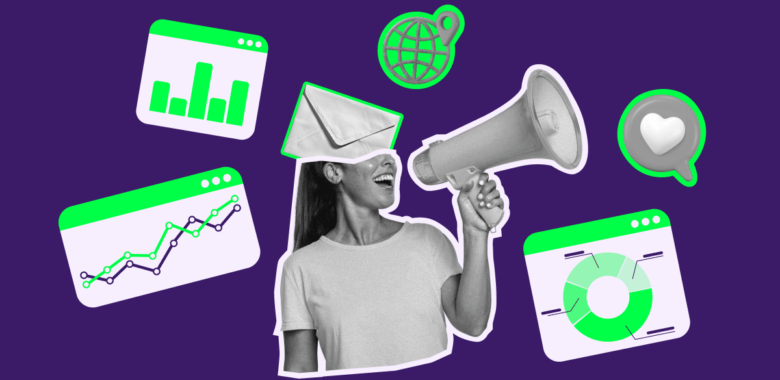So, click-throughs it is. GetResponse found personalized email content leads to a higher click-through rate.
| Emails |
Click-through rate |
| Personalized |
2.48% |
| Non-personalized |
2.33% |
Even if the difference seems small, it will be significant for a newsletter with thousands of recipients.
For a newsletter with 20 000 recipients this means 30 more clicks through ― 496 against 466. Is this a lot? Well, this is significant in email marketing, an industry that returns $36 for every $1 spent (Litmus data). Make the most of it.
More sales opportunities
In many ways, sales opportunities are tied down to CTR: an increased click-through rate drives more visits to a website. Given that personalization boosts CTR, you have more opportunities to sell.
Personalizing a subject line is a way to start because it has a positive impact on the click-through rate.
Some personalization techniques create sales opportunities right in an email. Personalized product recommendations or location-specific offers save users a click and you practically sell from your customers’ inbox.
One that stands out is abandoned cart emails and these often employ personalization. The fact one receives this email is personalization.
According to Moosend, 45% of cart abandonment emails are opened, 21% of those get clicks through and 50% of those who click through end up purchasing. All math done, that’s around 5 sales per 100 emails, a 5% conversion.
Better conversion rates
Conversion rate is hard to calculate as it means the overall success of an email marketing campaign. How you measure it depends on your objectives.
In the context of personalization, it’s what you want to achieve by sending targeted emails. Most of the time it’s purchase-based in digital marketing.
Barilliance estimates that in 2021, the average conversion rate across all industries is 1.33%. That’s just slightly over one sale per 100 emails.
As we’ve seen with abandoned cart emails, they boost this number from 1.33% to around 5%. That’s a 3.7 times upturn in conversion. How nice!
Birthday emails are a way to go, too. They are often personalized (let’s start with the fact the birth date is known) and, as per Litmus, they bring in 3.42 times more revenue than generic promos.






























